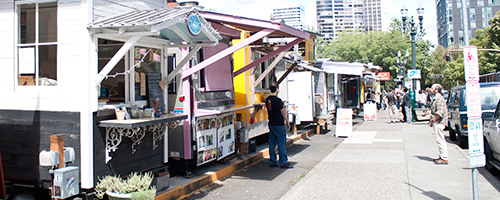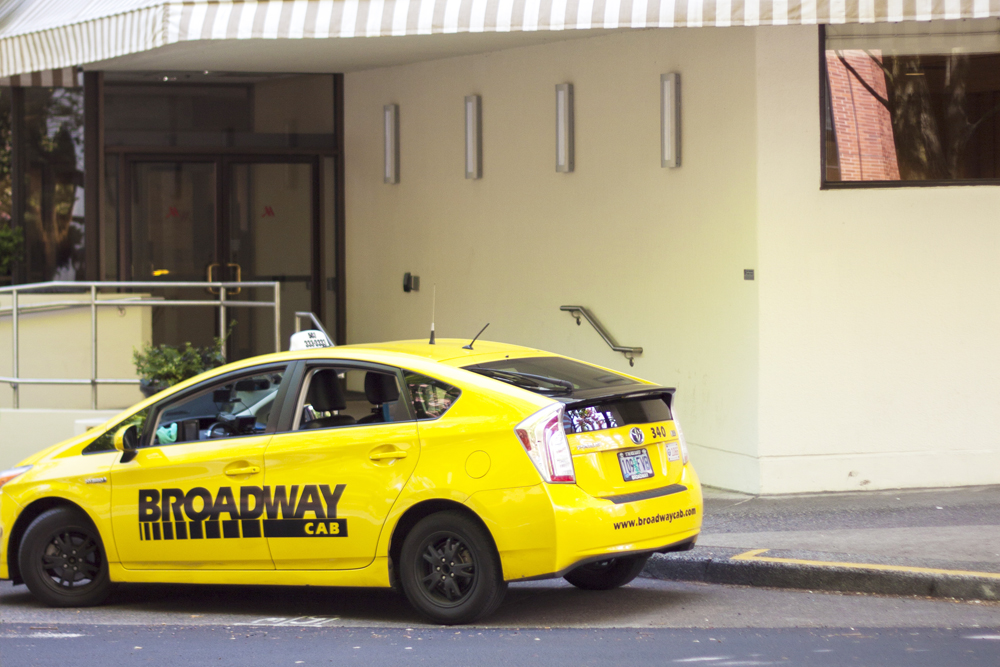Just how many people were there, anyway?
A widely debated number of abortion rights advocates, includingseveral from PSU, gathered in Washington, D.C., Sunday for TheMarch For Womens’ Lives. The turnout, for which estimates rangedfrom 500,000 to 1.15 million, depending on whom you ask, isregarded even at the low estimate to be one of the largestabortion-rights demonstrations in U.S. history.
The event, which was sponsored by 1,400 groups around thecountry, has been in the works for months. In January, severalstudents from a PSU Women’s Studies class taught by Aimee Shattuckbegan raising funds for the trip to Washington to join in themarch.
According to Gretchen Hereford, Shattuck and three studentstraveled to rally. At press time, marchers were not available forcomment.
Several factors contributed to the momentum.
November’s bill banning partial-birth abortions and theweeks-old Unborn Victims of Violence Act have raised the ire ofmany prominent abortion rights advocates.
The Unborn Victims of Violence Act makes it a crime to kill anunborn child as well as the mother in instances of federal crimes.It does not affect state laws, though 29 states have similar lawsin place, according to the National Right to Life Committee.
One section of the bill reads, “Nothing in this section shall beconstrued to permit the prosecution of any person for conductrelating to an abortion for which the consent of the pregnantwoman, or a person authorized by law to act on her behalf, has beenobtained or for which such consent is implied by law; of any personfor any medical treatment of the pregnant woman or her unbornchild; or of any woman with respect to her unborn child.”
Even without those stipulations, abortion would not be underfire unless it was to be made into a federal crime. Although thelanguage of the bill is clear, abortion rights advocates protestthe “gateway drug” approach to infringing on a woman’s right tochoose.
The real goal of the march, stressed many participants, was notonly to oppose current laws but also to send the Bushadministration a message of disapproval. Ultimately, organizerssaid, administration change is the only way to secure abortionrights.
“If all we do is march today,” Sen. Hillary Clinton told themarchers, “that will not change the direction of this country.”
The biggest impact the current administration could have onabortion’s legality would be to appoint Supreme Court justices whooppose abortion. Though the 1973 landmark case Roe v. Wade has beenunsuccessfully challenged, such as in the 5-4 decision of PlannedParenthood v. Casey, (1992) a new influx of justices could turn thetables.
“Because of an aging membership, the next president is almostcertain to have a chance to shape the court by appointing a numberof new justices – most of whom are likely remain long after thepresident himself leaves office,” the BBC explained during the 2000election. Four years later, the issue of appointment is even moreurgent.
As with turnout for many rallies, an accurate head count isdifficult to establish and is open to debate. While organizers putthe number anywhere between 750,000 and over a million,right-to-life news sources such as the Christian BroadcastingNetwork and Lifenews.net reported a turnout of 500,000.
In fact, casual comparisons of news stories covering the eventreveal that the size of the number given for attendance is indirect correlation to the article’s word choice. If marchers werelabeled “pro-abortion” activists, the number tended to be lower.Articles that referred to marchers as “pro-choice” reported turnoutto be considerably larger.





